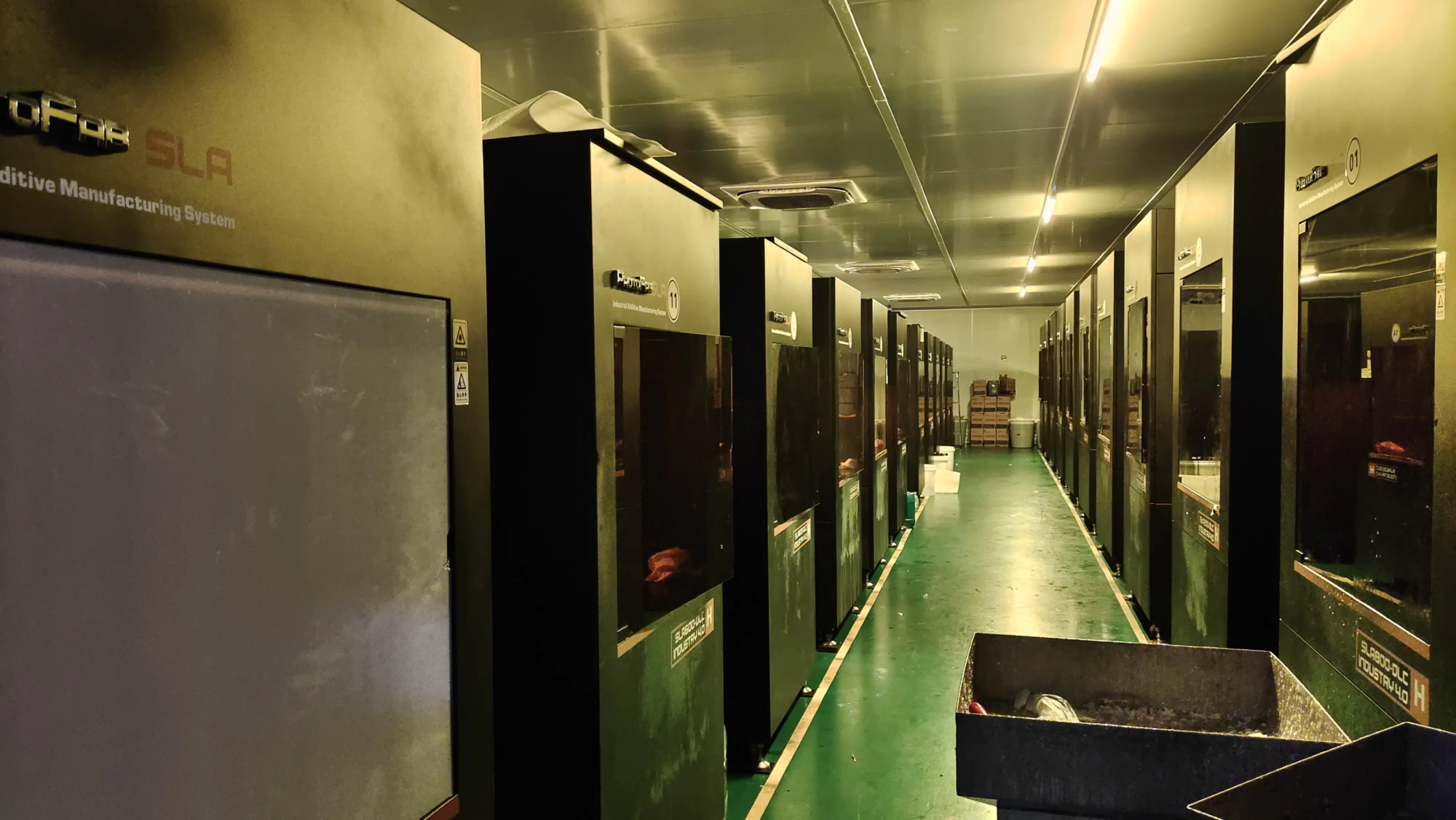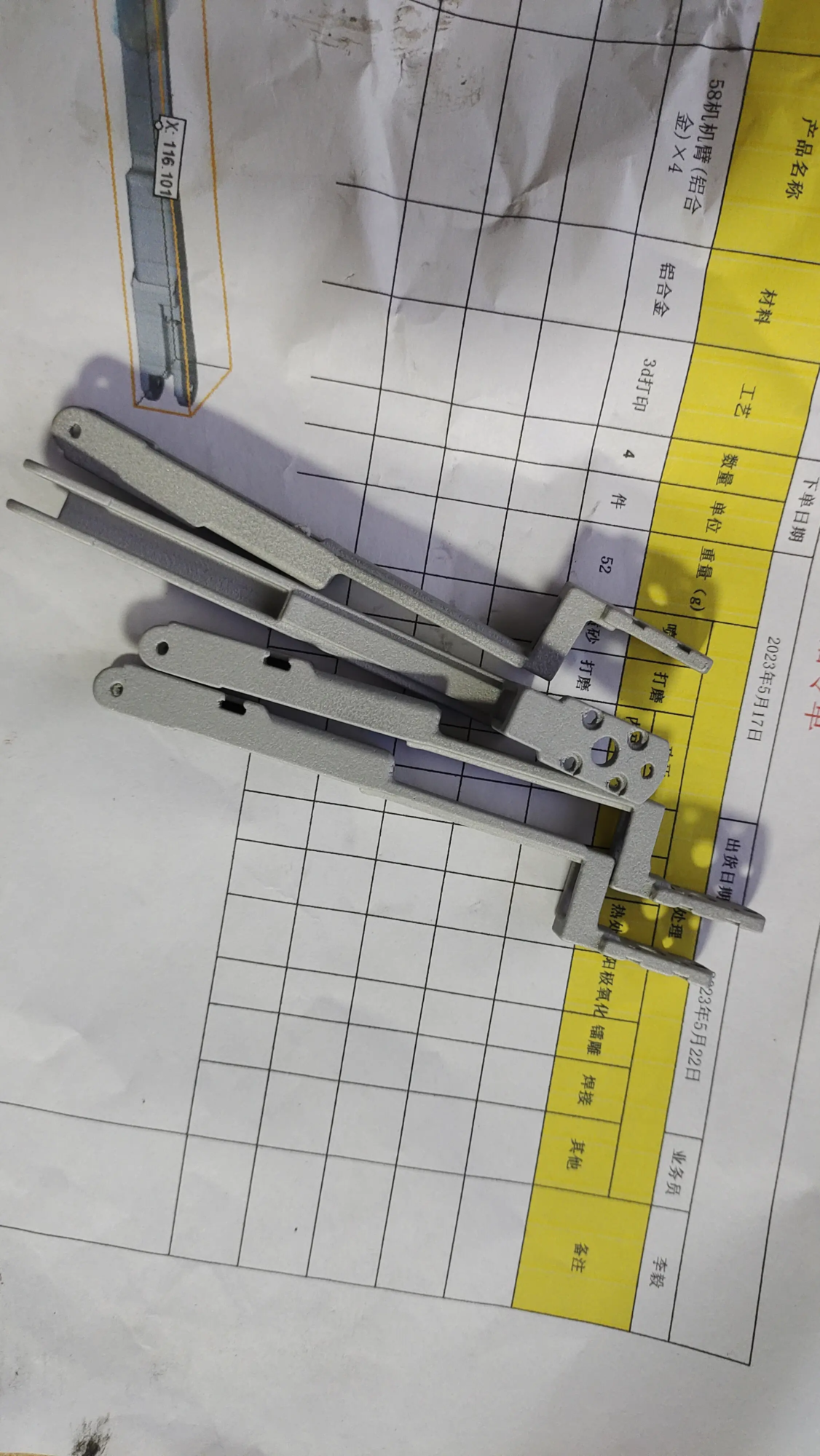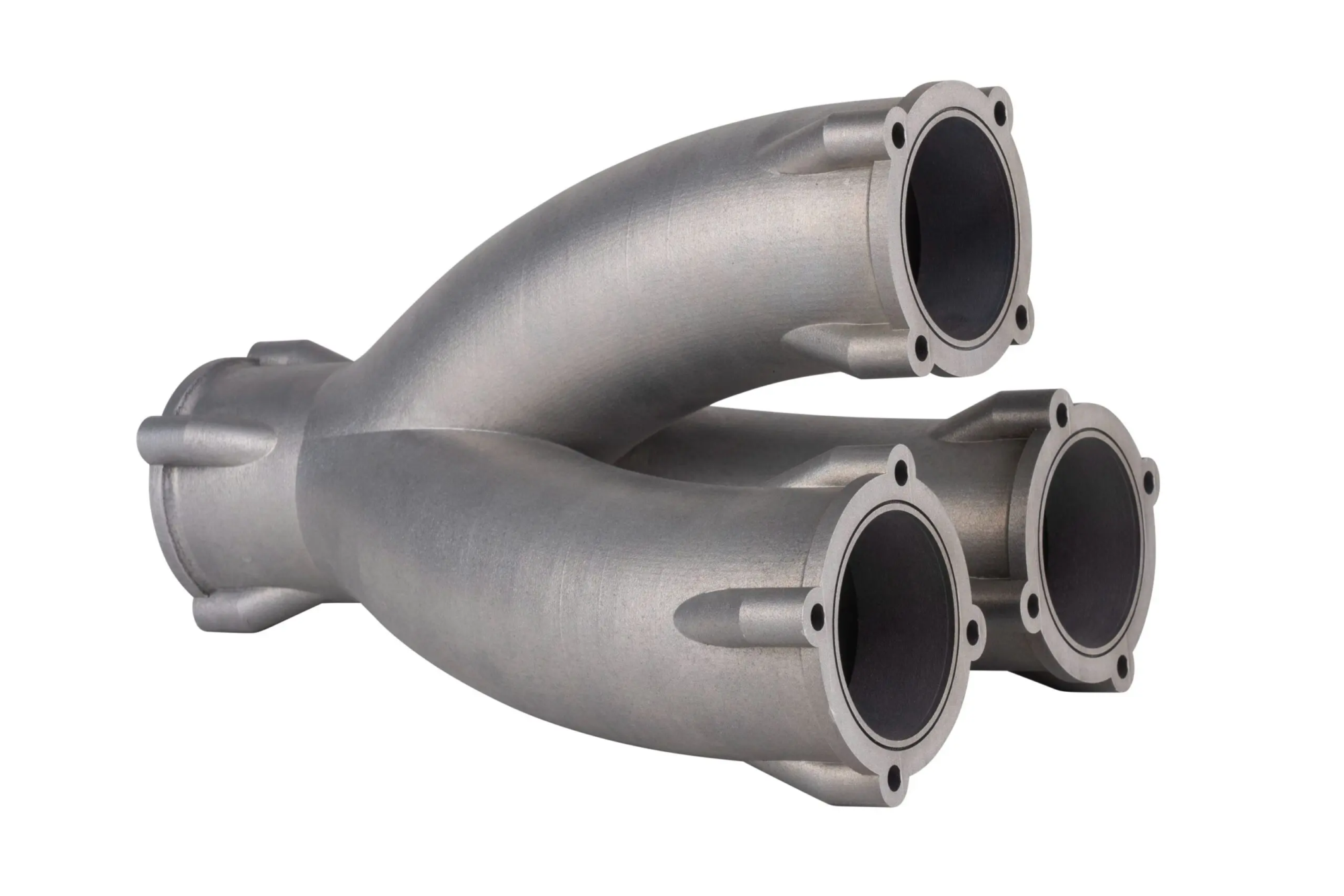Coordinate traditions through technology: the future of 3D printed saxophones and music
The deep wail of the saxophone attracted more than a century of audiences, with iconic sounds weaving into jazz, classical and pop. But what happens when this ancient brass instrument meets the forefront of additive manufacturing? Entering a 3D printed saxophone, a technological marvel that not only replicates the past, but also reshapes the future of instrument design and accessibility. Let’s explore this fascinating fusion of art and engineering.
One layer unlocks new possibilities
Traditional saxophone manufacturing is a complex, labor-intensive process involving precise metal formation, welding and extensive manual insertion. 3D printing, especially for use Selective laser melting (SLM) Or similar metal additive manufacturing techniques take fundamentally different approaches. Digital 3D model of saxophone carefully designed using CAD software – body, neck, key, intricate mechanisms. This digital blueprint is then sent to a high-precision printer where a powerful laser selectively fuses layers of fine metal powder (usually stainless steel, brass or specialized alloys) and fuses through hard layers and constructs the instrument from the ground.
This fundamental shift in production unleashes unprecedented advantages:
- Radical customization and design freedom: Forget the limitations of mass production. 3D printing can be used to design instruments through traditional methods. Want an ergonomic key location tailored to your unique hand-made size? Dreaming of a saxophone with optimized internal acoustics to a specific tone quality? Maybe custom aesthetics are booming? 3D printing makes these ideas work. Complex interior geometry, custom support structures and personalized aesthetic details become tangible.
- Accelerate prototypes and innovation: Traditionally, it takes months or even years to develop new instruments. With 3D printing, new design concepts can be transformed from digital models to playable prototypes in days or weeks. This greatly accelerates the iteration cycle of instrument designers and acousticists, thereby promoting rapid innovation in sound quality, playability and structural efficiency.
- Lightweight structure: Strategic lattice structures can be incorporated into the design during the printing process, thereby significantly reducing body weight without sacrificing structural integrity or acoustic properties. This may be a revelation for musicians to perform long periods of playing or physical limitations.
- Complex parts make it simple: Complex critical mechanisms with small rods, hinges and rods can be used as integrated components or highly optimized individual parts, reducing the need for complex assembly and potential mechanical failure points.
- Sustainability Advantages: Although metal powder procurement has implications, additive manufacturing is essentially less wasteful than subtraction methods. It uses only the materials required by the part itself, minimizing scrap metal generated during processing. Repair and part replacement can also be more local and efficient.
Beyond Novelty: Performance and Acoustics
The ultimate problem with any tool is: Does it sound good?
Early 3D printing saxophone prototypes often face doubts. Critics fear resonance, uneven tones, or under-projection compared to handmade opponents. However, continued advances in printer resolution, materials science and acoustic modeling are rapidly closing this gap.
Modern 3D printed saxophones, made using a high-fidelity SLM system, are able to produce parts with density and surface finishes to approach traditionally made instruments that perform excellent sound quality. Now, acousticists can digitize the instrument’s hole shape, tone hole position, and chimney before printing, and resonate internally digitally to achieve specific tone characters. While perhaps not always outweighs the nuanced perfectionism of handmade trumpets for experienced professionals with $15,000 handmade handmade trumpets, the performance bar is improving significantly. For students, experimental musicians, and even professionals seeking specific customizations, sound quality is increasingly viable and often impressive.
The role of senior prototype partners
Bringing functional high-quality 3D printed saxophone results not just printers. it takes Precision metal additive manufacturing, strict material science knowledge and deep expertise in meticulous post-treatment.
Here, dedicated rapid prototyping manufacturers become key enablers. The company likes it GreatEquipped with state-of-the-art SLM 3D printers and comprehensive production technology, it plays a crucial role. They have the ability to professionally solve the complex challenges inherent in manufacturing complex metal parts such as saxophones:
- Material mastery: Understanding how different metal alloys behave during printing, cooling and sintering is critical to achieving the desired strength, acoustic properties and corrosion resistance. Greatlight’s expertise ensures optimal material selection and handling parameters.
- Precise processing: The thin walls and complex geometry of saxophone parts require special dimensional accuracy and minimal internal stress. Advanced process control and calibration (Greatlight) is specifically researchable and is not negotiable.
- Key post-processing: "In bed right away" Printing is not enough for musical instruments. SLM parts require expert post-treatment: precise stress defense heat treatment, complex support structure removal, complex surface finishes (polishing, smooth internal channels), and often assembled and fine-tuned. A one-stop service covers all of these aspects, ensuring partial integrity and playability.
- Prototype Agility: The ability to iterate rapidly in design and quickly test geometric shapes or material changes is the basis for developing successful printing instruments. Greatlight’s focus on rapid turnaround in custom metal parts facilitates this critical phase of innovation.
Working with a skilled rapid prototyping company is crucial to transforming promising digital saxophone design into a reliable, reliable reality.
The future symphony
So, is 3D printed saxophone a certain future for music? Overnight, it will not replace hundreds of years of craftsmanship. Traditional instruments have an irreplaceable legacy and specific tactile and sound characters that many people cherish. However, 3D printing represents a powerful and complementary force with great potential:
- Democratization: Significantly reducing production costs (once design and setting amortization) may make quality wind instruments easier to use by students and the community.
- Radical Personalization: Musicians can tailor-made instruments for their physiological needs and artistic horizons.
- Acoustic Innovation: Unrestricted, unrestricted, can be explored without being restricted by traditional manufacturing, and completely new sound possibilities can be explored.
- Create professional instruments: Designing tools for people with disabilities has become more feasible.
- Protect: Create precise replicas of rare and old-fashioned parts to recover, bypassing hard-to-find original components.
3D printed saxophone is more than just a novelty. This proves the technology to expand musical expression and accessibility. While the debate over tone perfection and tradition will continue, the trajectory is clear: additive manufacturing is replaced in orchestra pits and studios, providing new tools for musicians and instrument manufacturers. The next great saxophone solo may just resonate from precisely layered metal powder.
in conclusion
The journey from a curious experiment to a viable instrument of 3D printed saxophone encapsulates a wider technological evolution that has impacted countless industries. Its development demonstrates the transformative power of additive manufacturing – enabling unprecedented customization, accelerating innovation, and providing solutions to traditional manufacturing challenges. While the warm glow of a hand-hammered saxophone will always take a special place, the cool precision of 3D printed opponents opens an exciting new chapter for the music. It promises to provide learners with greater accessibility, giving artists the ability to customize tools, and encouraging acoustic experiments. With SLM technology, materials science and acoustic engineering continue to evolve in synergy, and with the support of expert rapid prototyping partners who can provide accuracy and quality, future soundscapes will undoubtedly include the unique sound of 3D printed saxophone. The future of music is not a replacement for tradition. It is coordinated with it and is powered by the innovation layer.
FAQ: Unveiling the Mystery of 3D Printed Saxophones
-
Is the 3D printed saxophone as good as the traditional saxophone?
Early models show limitations, but the current high precision, metal-printed instruments are reaching surprisingly close to sound quality and playability using SLM technology. They may not always match Absolute peak In nuanced handcrafts form a professional corner, but they are very feasible for many players and situations and are improving rapidly.
-
What are they using?
Use advanced metal powders, mainly stainless steel (316 liters), brass alloys, sometimes special copper alloys or titanium, depending on the desired acoustic properties, weight and strength. Use high-power laser fused powder.
-
How much does a 3D printed saxophone cost?
Currently, due to complex design, printing costs (materials, machine time), and extensive post-processing, high-quality 3D printed saxophones are usually more or less expensive than mid-distance professional traditional instruments. However, with the optimization of technical scales and designs, the cost is expected to decrease, which may make future affordable.
-
Are they heavy?
Actually, the opposite! An important advantage is the ability to design lightweight lattice structures in The instrument body that does not affect the internal hole or acoustics. This can make the 3D printed saxophone lighter than the traditional saxophone.
-
Can any 3D printer be made?
Absolutely not. Simple plastic hobby printers lack precision, material strength and surface quality. Creating a functional metal saxophone requires Industrial grade metal additive manufacturing systemspecializing in the use of technologies such as selective laser melting (SLM) or electron beam melting (EBM). These machines cost hundreds of thousands of dollars and require a lot of expertise to operate effectively.
-
Why use SLM (selective laser melting)?
SLM is the primary metal 3D printing technology for applications requiring complex geometric shapes, high dimensional accuracy and high density (near-solid) metal parts – this is essential for functional, durable instruments with excellent acoustic properties.
-
Can I customize the sound?
This is a key potential! Since the entire instrument is constructed from digital models, designers can modify the internal hole shape, tone hole geometry, and wall thickness in difficult or traditionally impossible ways. This allows tailored tone characteristics of the instrument – brighter, darker, more focused, etc. – specific preferences. Working with expert rapid prototyping services ensures these complex designs become a reality.
- Is post-processing really that important?
Crucial. The metal parts directly from the printer have rough surfaces with unexuded powder particles and internal stress. Detailed post-treatment – including support disassembly, microbial finishes (such as steam grinding), precise polishing (external and internal!), and heat treatment – is essential for achieving smooth airflow, accurate fit of moving parts, structural integrity, and the aesthetically pleasing instruments required.
Ready to explore how advanced rapid prototyping brings your innovative ideas (music or otherwise) to life? Explore the possibilities of expert manufacturing partners.





